Explore the Best AI Image Gallery
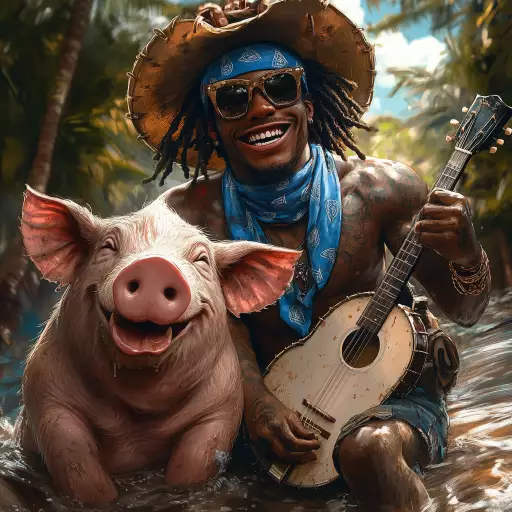
Pixels on Skin: AI-Generated Images and the Evolving Art World
The realm of art has always been a canvas for innovation, constantly pushing boundaries and exploring new mediums. Today, a groundbreaking technology is redefining artistic creation: Artificial Intelligence (AI) image generation.
From breathtaking landscapes to surreal portraits, AI algorithms are capable of producing stunning visuals that blur the lines between human and machine creativity. This revolutionary technology is sparking both excitement and debate within the art world, prompting us to re-examine the very definition of art and its creation.
A New Era of Artistic Expression
AI-powered tools like DALL-E 2, Midjourney, and Stable Diffusion are democratizing artistic expression. Anyone with an internet connection can now generate unique images by simply inputting text prompts. This accessibility opens up countless possibilities for artists, designers, and even the general public to explore their creative potential without requiring technical skills in traditional art forms.
Imagine a world where architects can visualize complex designs instantly, fashion designers can create virtual collections, or storytellers can bring their narratives to life with vivid imagery generated on demand. The applications of AI-generated images are vast and continue to expand rapidly.
The Impact on the Creative Industry
This emerging technology is poised to significantly impact various sectors within the creative industry:
- Advertising and Marketing: AI can generate personalized visuals for targeted campaigns, creating more engaging and effective marketing strategies.
- Game Development: Immersive game worlds can be populated with unique characters and environments generated by AI, saving time and resources in the development process.
- Film and Television: Visual effects can be created more efficiently and realistically using AI, opening up new possibilities for storytelling and visual spectacle.
- Education and Research: Students and researchers can explore complex concepts visually through AI-generated representations, enhancing understanding and collaboration.
Ethical Considerations
While the potential benefits of AI-generated images are immense, its crucial to address the ethical considerations that arise:
- Copyright and Ownership: Who owns the copyright to AI-generated artwork? Is it the creator of the algorithm, the user who provided the prompt, or the AI itself?
- Bias and Representation: AI algorithms are trained on vast datasets that may contain biases. This can result in generated images reflecting existing societal prejudices, perpetuating harmful stereotypes.
- Job Displacement: The automation of creative tasks by AI raises concerns about potential job losses for artists and designers.
The Future of Art
AI-generated imagery is not meant to replace human creativity but rather to augment it. It offers new tools and possibilities for artists to explore, experiment, and push the boundaries of artistic expression.
The future of art likely lies in a collaborative space where AI and human ingenuity work together to create innovative and thought-provoking works. As technology continues to evolve, we can expect even more astonishing advancements in AI-powered image generation, blurring the lines between reality and imagination.

](https://images.ai-img.art/thumbnails/150/4afb6c64b7f45f3dd207e7dee8c1e653bec05393e8a83cbc94a48a3c6f3720a4.webp)
](https://images.ai-img.art/thumbnails/150/2f2f9fd945df5b3a1e8cd78edc892e036af6d868ac9123e2e23def2d2f286810.webp)



](https://images.ai-img.art/thumbnails/150/ab72cef4d9d2967ca2b116b76986000e543809d8a2644dfd122b830fa87f3062.webp)
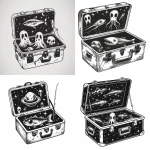
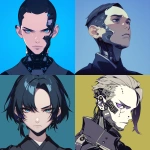

](https://images.ai-img.art/thumbnails/150/e98e848b82dd4c7762990adeecb0b8b8994cc5e19d6b8106a7d02da204d15496.webp)
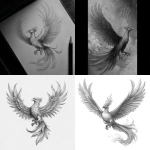
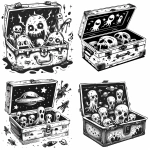

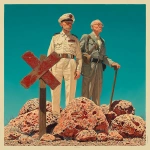
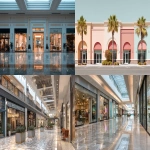
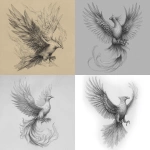
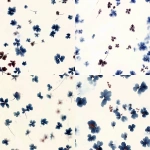
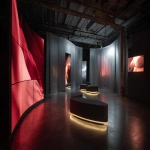
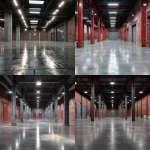

](https://images.ai-img.art/thumbnails/150/044930b0e6606b87c7ab54cfc9ac3d59533cf3d6d7d658dbb1faa1b97c575dd2.webp)




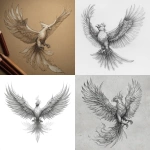
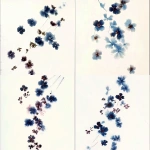

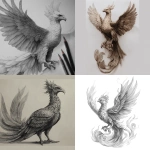

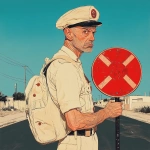

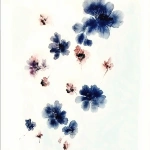


](https://images.ai-img.art/thumbnails/150/477e3ed7292726f6dd8626f0b911bbba218c93298c561d5a7e2dc9b5313461c3.webp)

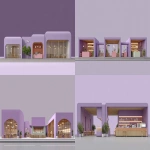
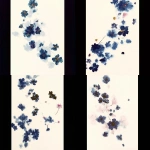
](https://images.ai-img.art/thumbnails/150/74fe39465fb728f0be740f14a0e753985a7a202a983fe8b708cd56665252aeb0.webp)
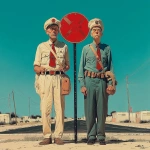

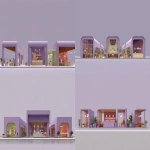
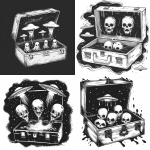

](https://images.ai-img.art/thumbnails/150/87970d07238103a69c098a36fcaa89dde90d12a4a2ff107e8bd2e2b08e1778a2.webp)

](https://images.ai-img.art/thumbnails/150/9a236083efc412f2063ce4fe8743e0c52f92ae8bc763b64d2c7a1249b5c0e3e8.webp)
